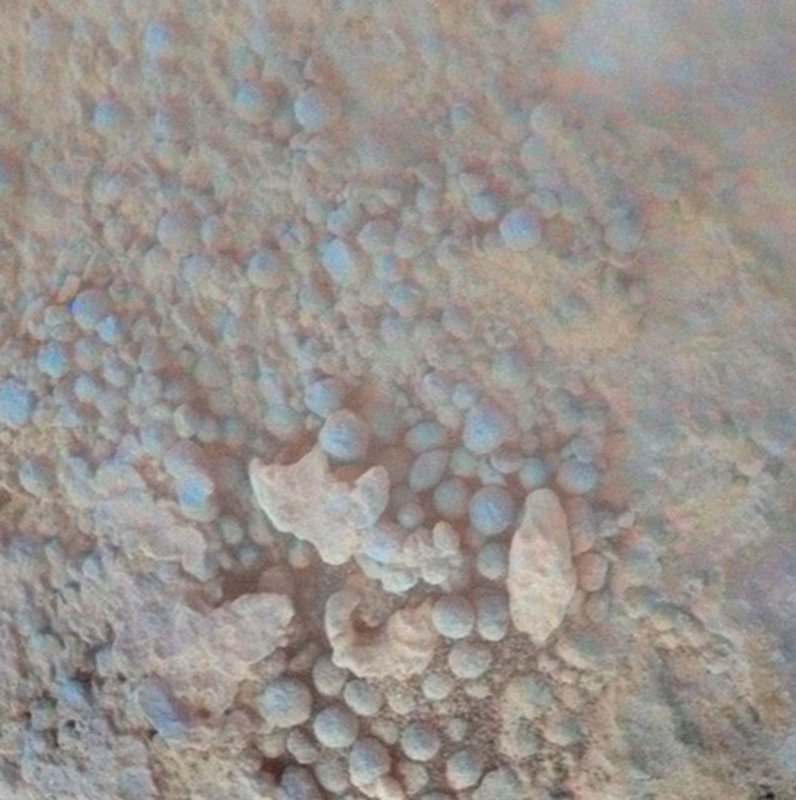PASADENA, Calif., March 24 (UPI) -- U.S. space scientists say a strange coating on Mars rocks discovered by the rover Opportunity near a crater has left them puzzled.
NASA said the rover spent six weeks investigating a crater dubbed Concepcion that was flagged in advance as a study target because it appears to be young.















